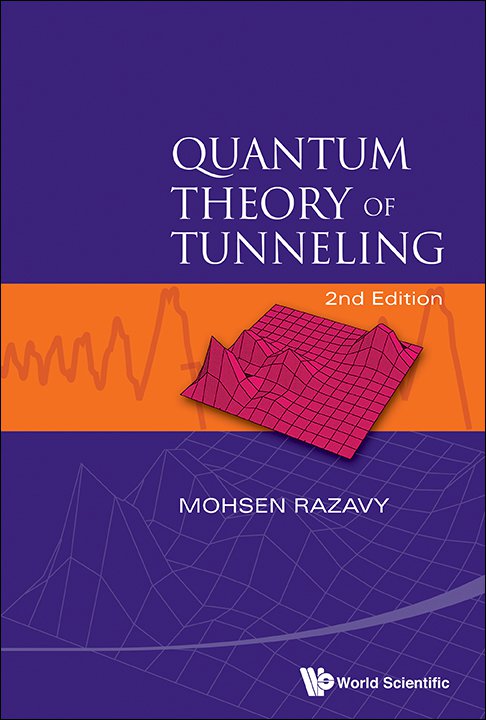Chapter 24: Inverse Problems of Quantum Tunneling
We have, up to this point, discussed extensively the problem of determination of the reflection or transmission amplitudes and coefficients for any given potential barrier as a function of the energy of incoming particle, or its angular momentum. Now we want to ask the following questions: Given an observable quantity such as the transmission coefficient as a function of energy or of angular momentum, what can we infer about the shape of the potential barrier? Also under what kind of conditions, this determination of the form of the barrier from empirical results will enable us to find a unique barrier? By considering tunneling as a special case of quantum scattering theory (Chapter 11) we can apply various techniques of the inverse scattering theory to construct the barrier given the transmission or reection amplitudes [1]…



